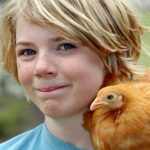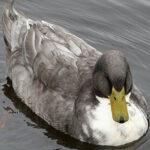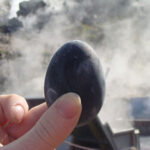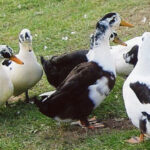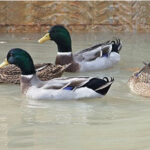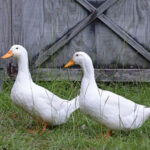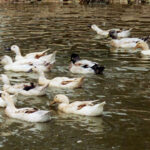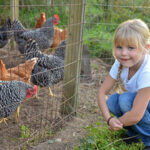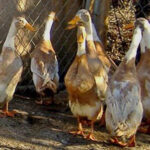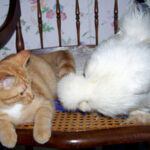
The details of exactly when and how Silkie bantam chickens came into being have been lost in the mists of time. The breed was first mentioned by Marco Polo, who wrote about “chickens with fur-like feathers and black skin” in his 13th century report of his explorations in Asia. Most likely Silkie chickens existed long […]
Continue Reading
